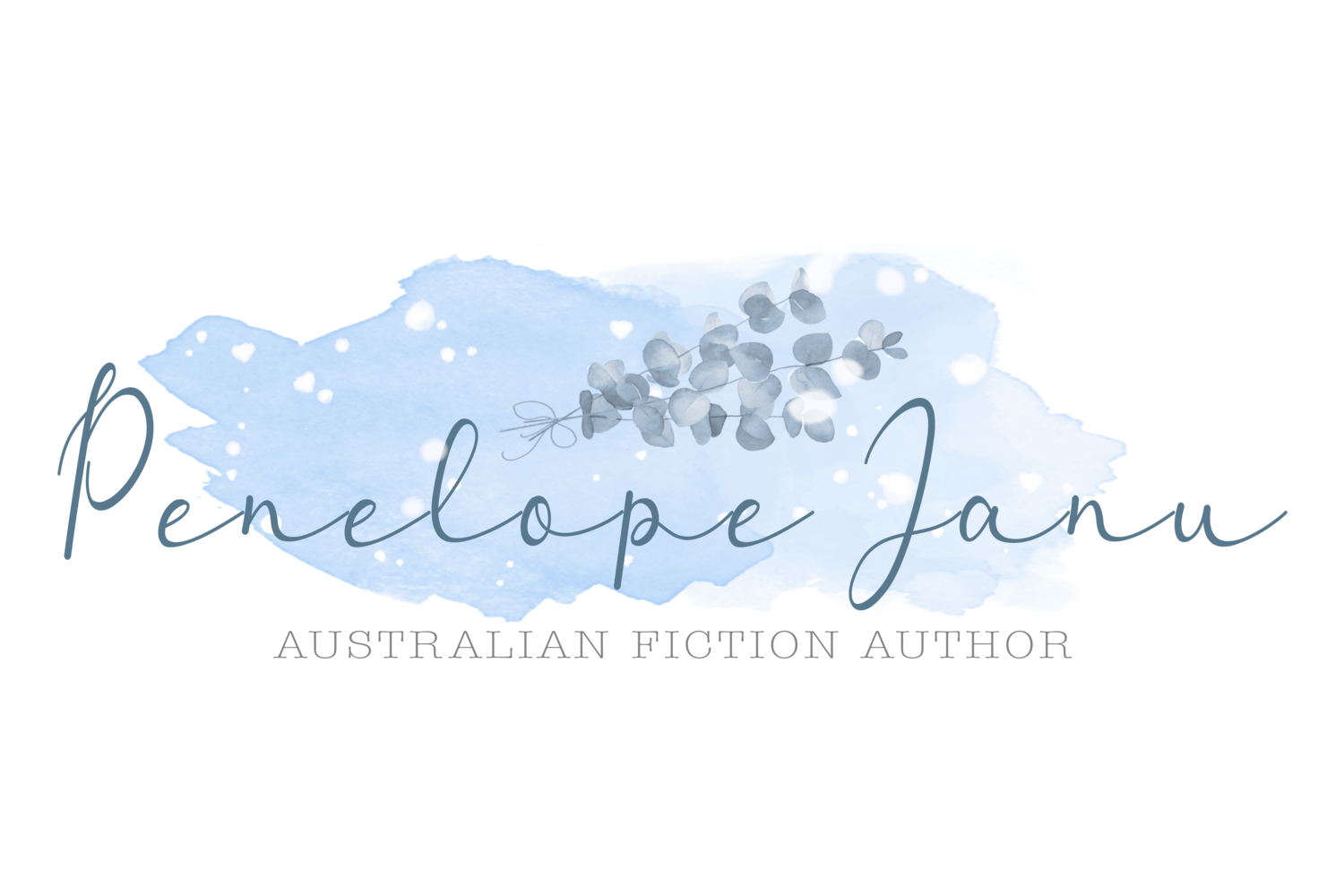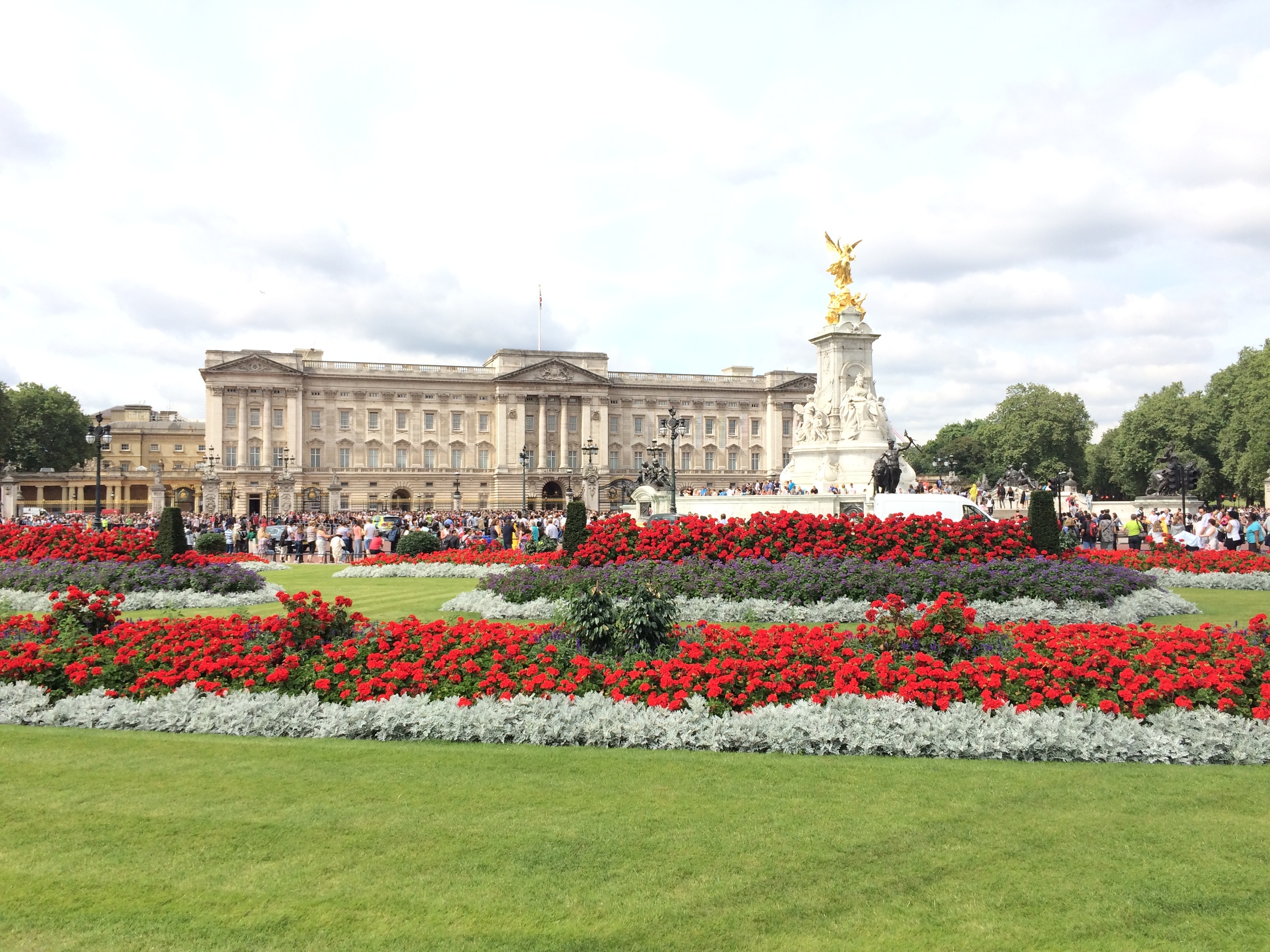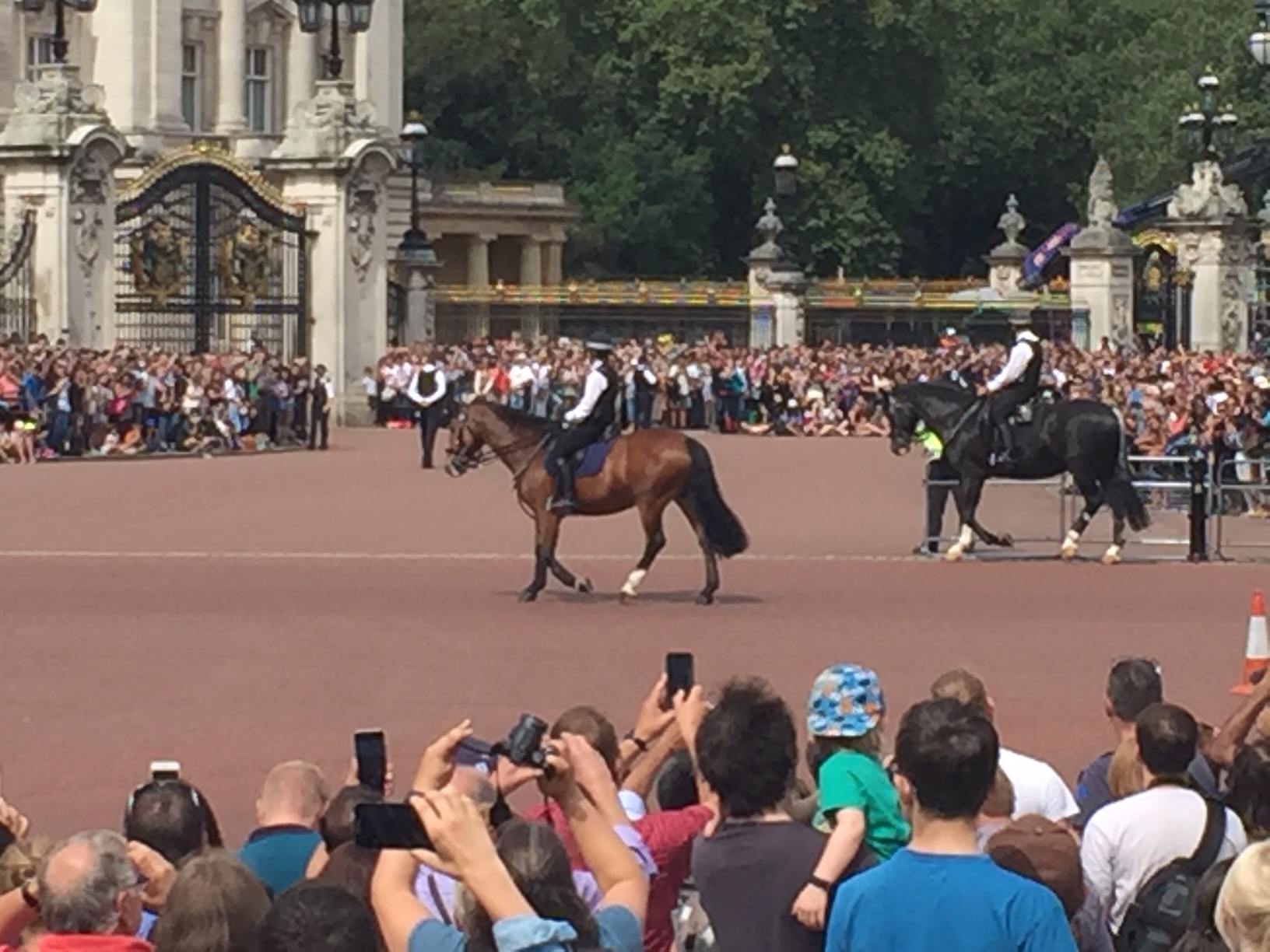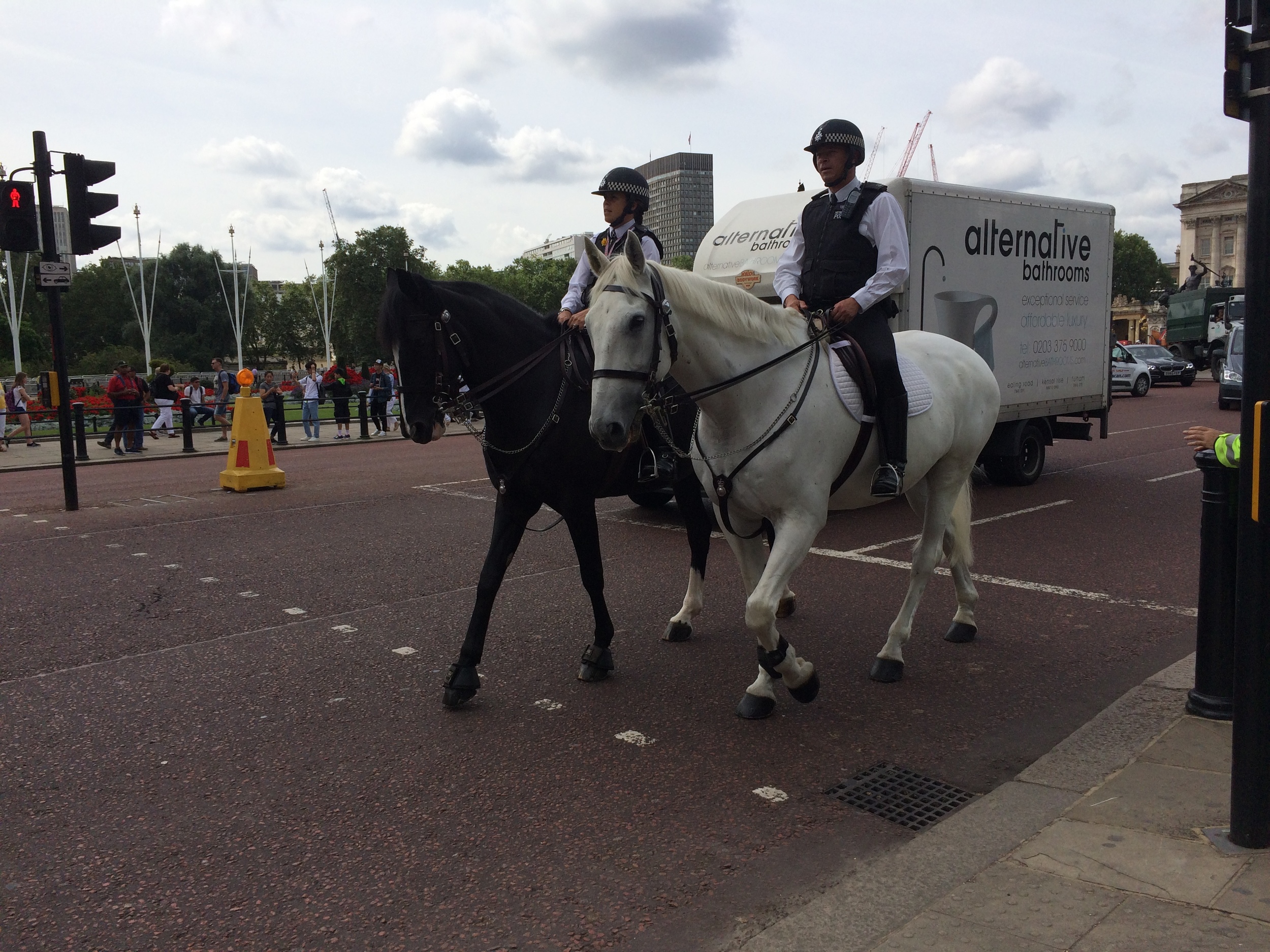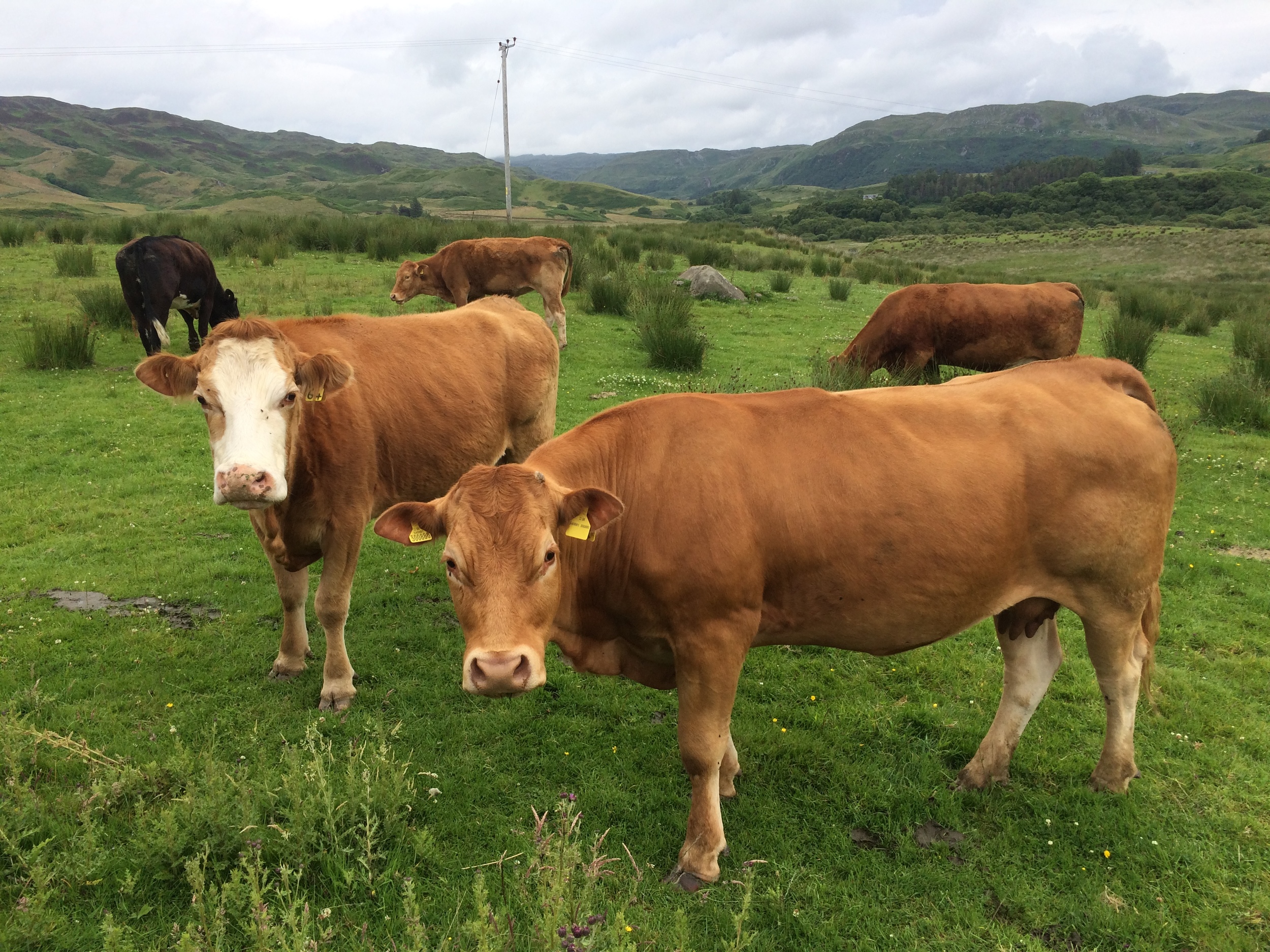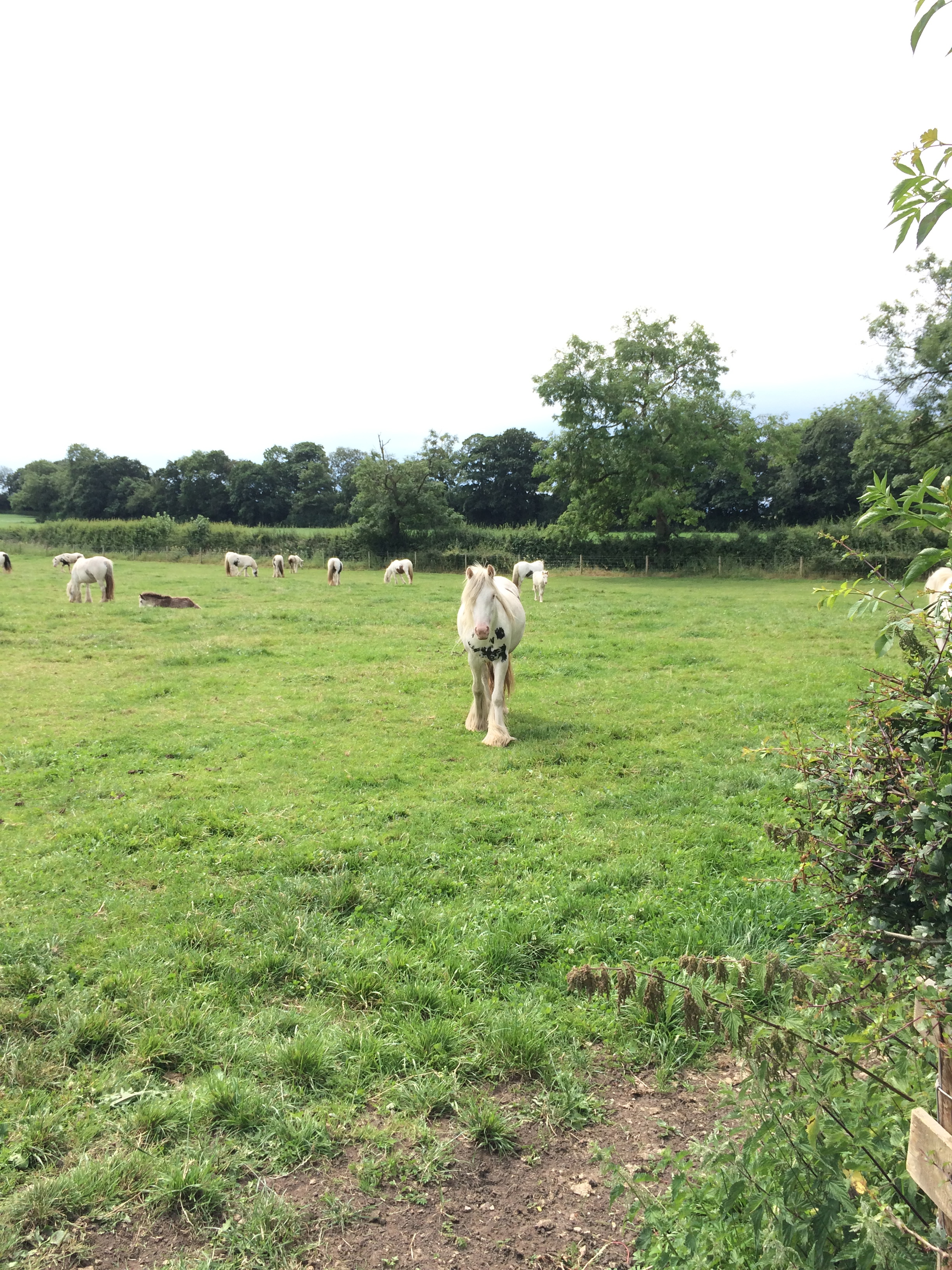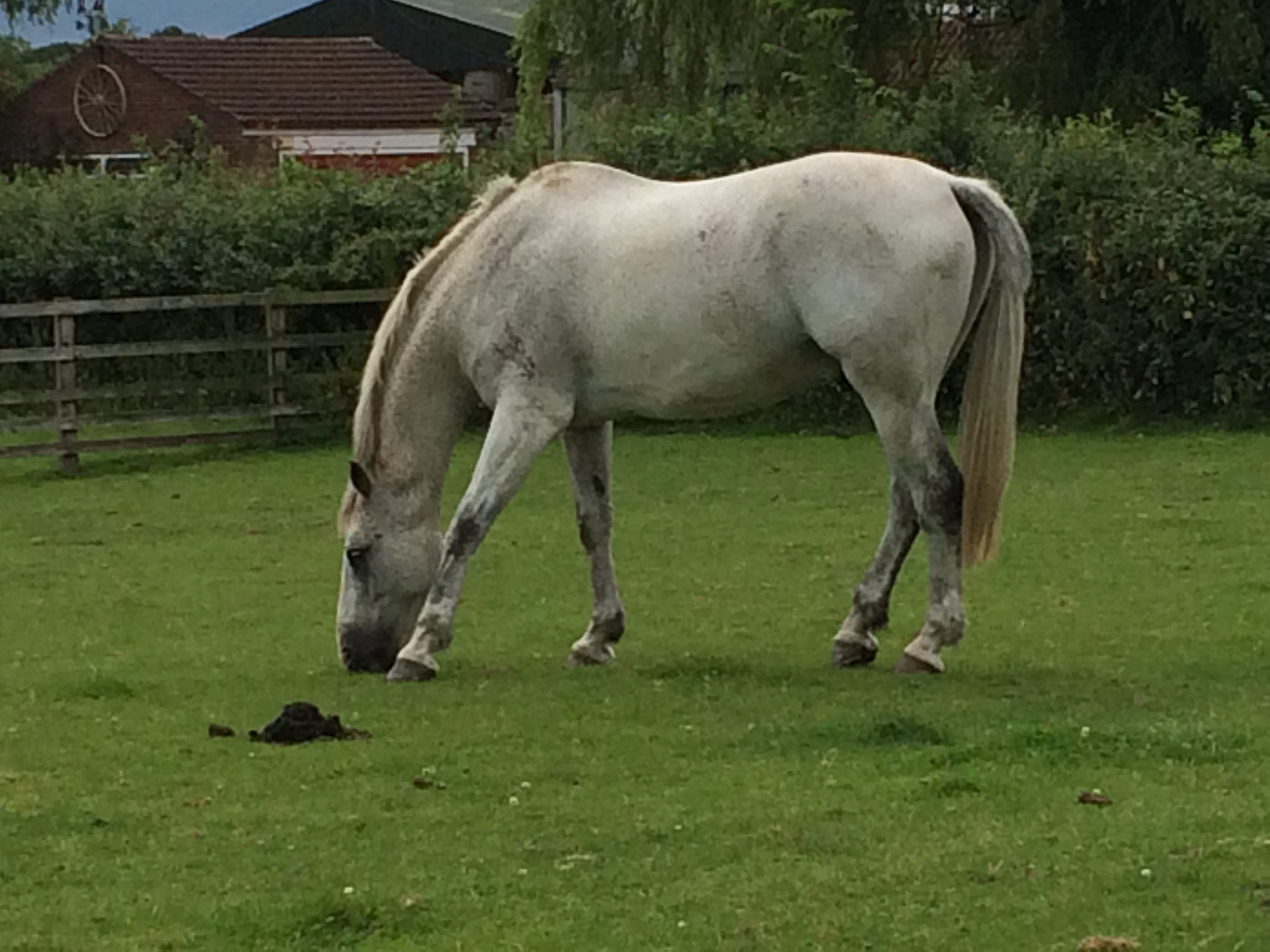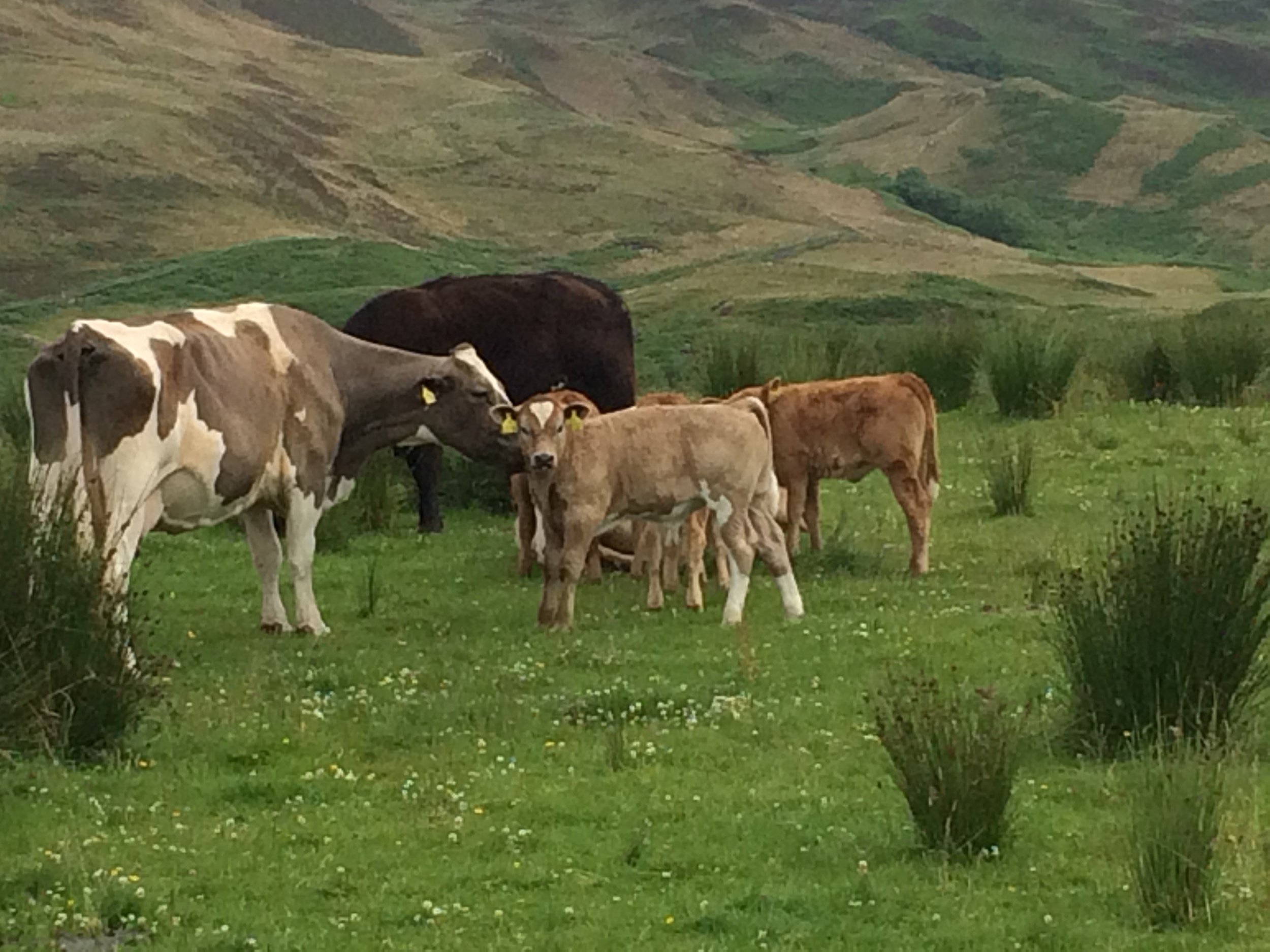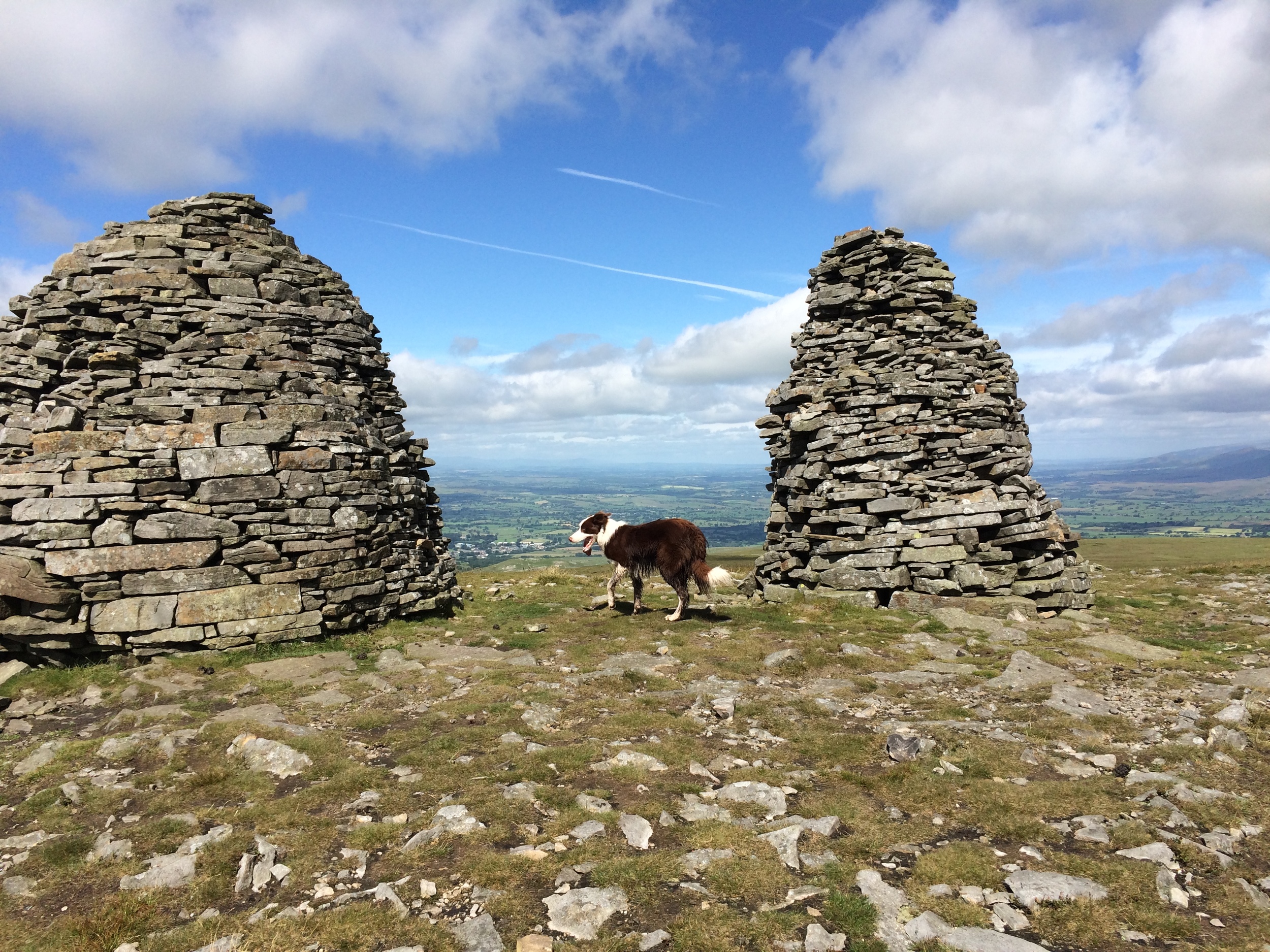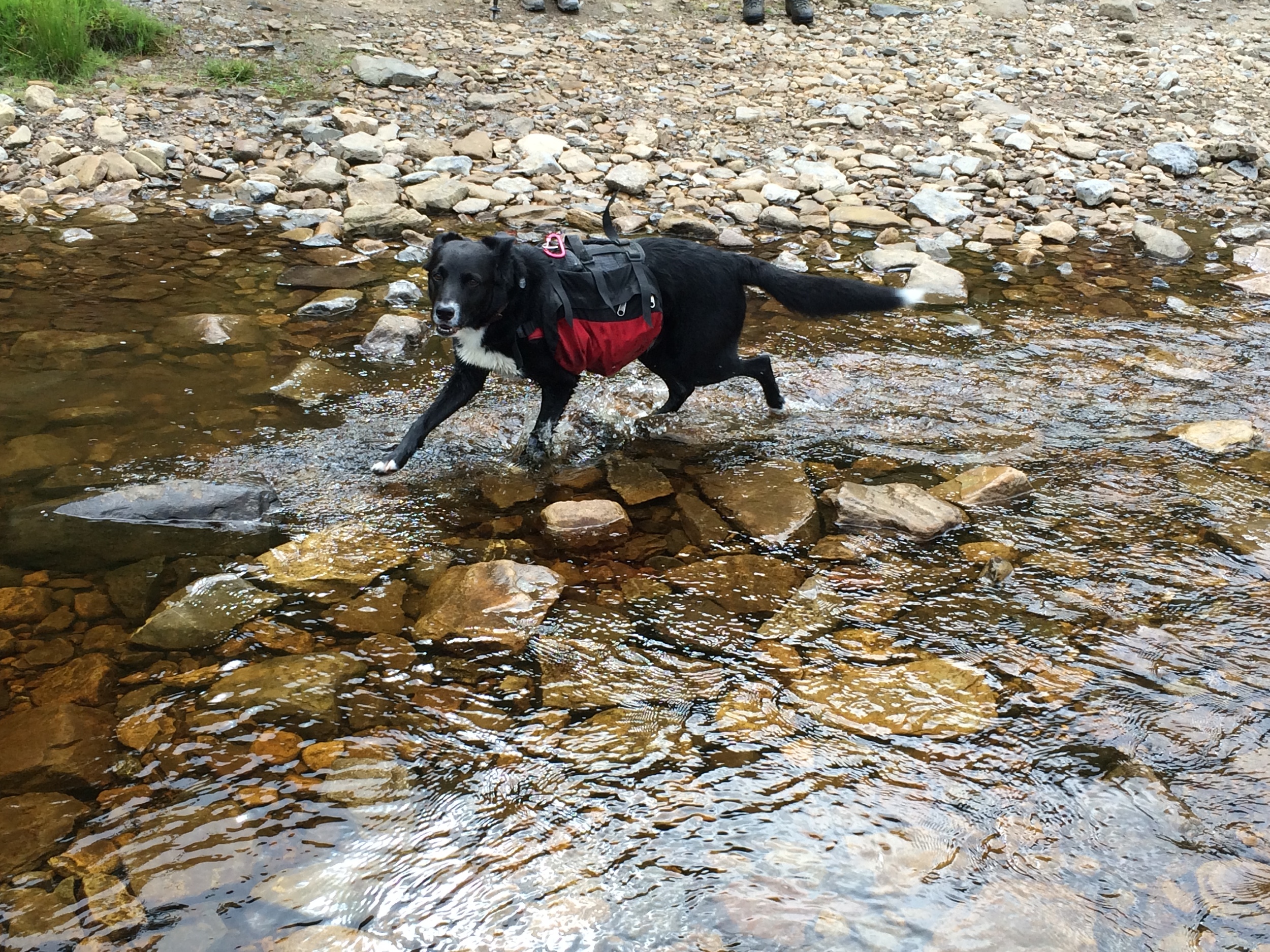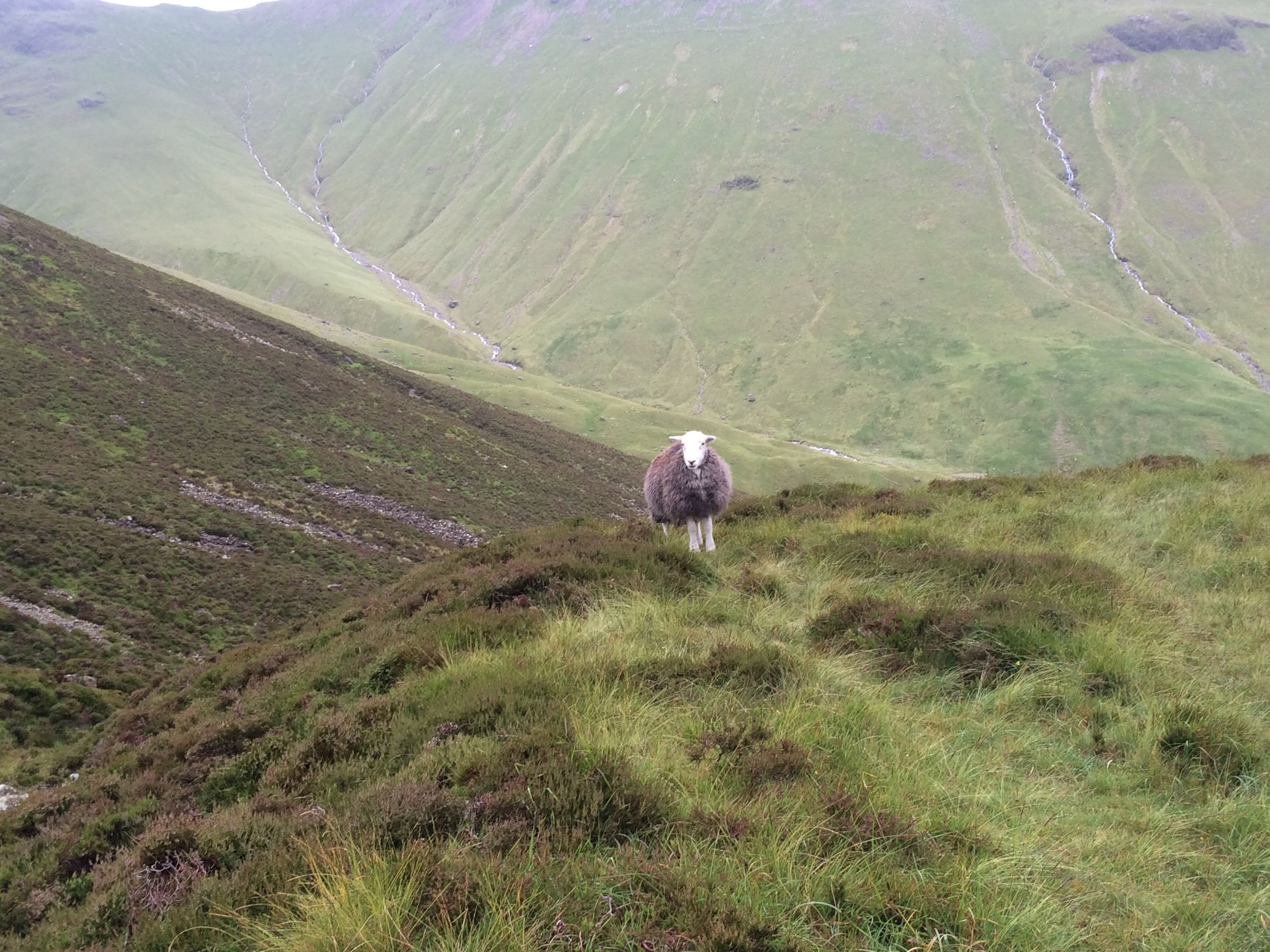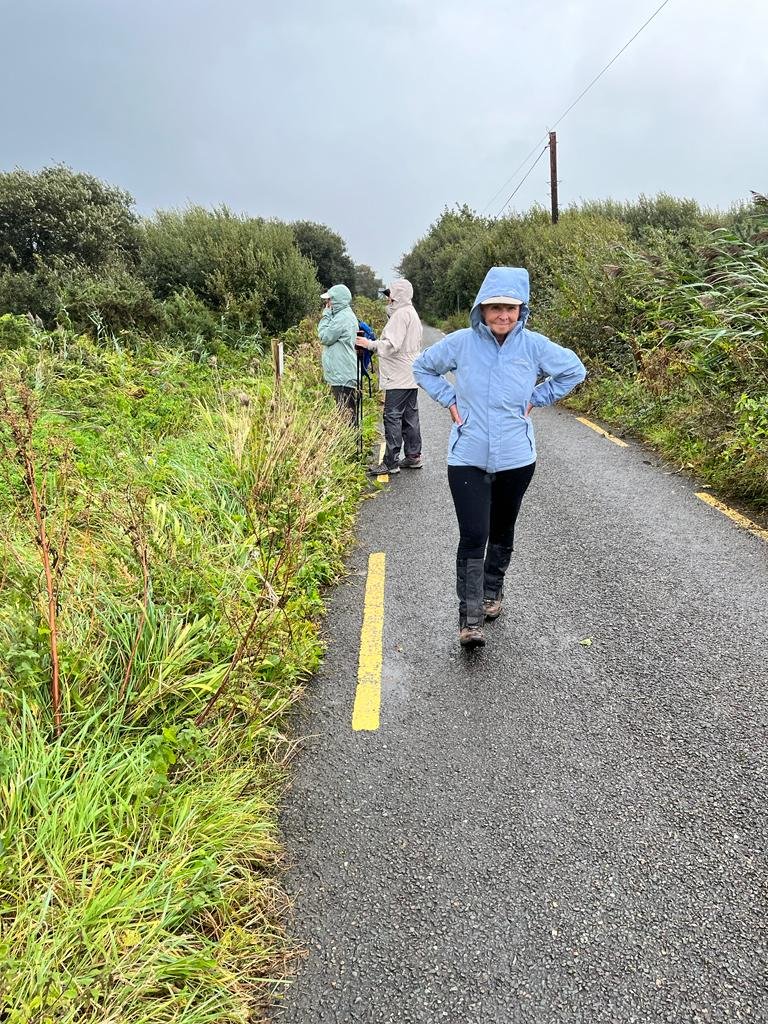AW Wainwright in his A Coast to Coast walk, writes:
Every walker who plans a cross-country expedition refers to his maps, looks for the footpaths and the bridleways and the areas of open access, links them together by quiet roads and lanes that avoid roads and busy traffic arteries, and so devises a pleasant route to his objective that he is free to walk...without fear of trespass or restriction.
This is pretty much what we have done on our Coast to Coast walk but having said that...
The route is not an easy one. If you look through the photos you will see that many shots are taken from the tops of hills and mountains, and the way we got up there was to climb them! There are also pastures and paddocks and fields and moors and bogs. We walked across these to get from one side of England to the other. And the animals? It was an unusual day when we didn't eat lunch with the scent of cow or sheep adding an extra layer of flavour to our meals!
Accommodation
My original intention was to rate the accommodation as we did the walk, but there were all sorts of problems with this such as the differences in the types of accommodation (hotel, inn, B&B) and the price we paid each night. And our party often had different views depending on their personal preferences for things like soft eggs and hard beds (or hard eggs and soft beds).
You might recall that in an introductory post, I told you that our daily commitment was to "Rise early each morning and have breakfast. Walk purposefully and jauntily, in an animated, determined, and energetic manner, to our destination." After walking around 320km in 14 days, with one rest day, I could also add "Don't slur speech (tiredness, not alcohol) when checking in, don't swear when directed to hoist heavy bag up a narrow staircase, don't inadvertently deposit filth on the bed, wash favourite socks immediately or they won't be dry by tomorrow morning."
Night 1
St Bees: Fairladies Barn. Two nights. Our room was so small we couldn't open our bag. Excellent internet (only in the dining room, but the lady let us sit there all morning on the day before our departure so we could finish off our work commitments). Awful sheets (fluffy yet not flannelette). Reasonable shower. Lady offended Coconut Water by saying "I don't serve fried eggs, only scrambled eggs - and anyway, scrambled eggs are better for your figure."
We ate at a local pub where we discovered the "The Large Glass of Wine." This is a 250ml glass and is apparently equivalent to two standard glasses of wine - a fact that was quickly forgotten because a large glass of wine is only one glass.
Night 2
Ennerdale Bridge: Shepherd's Arms. Wonderful pub. Good dining room - we ate at the pub. Poached eggs for breakfast so Coconut Water was happy. Rubbish internet. Bath glorious (even though only one of our party's rooms had a bath, I was lucky enough to get it). Bags had to be lifted up the stairs - the beginning of two weeks of climbing stairs with bags.
Night 3
Stonethwaite: Knott's View Guest House. Lovely little house that was hundreds of years old. Nice breakfast. Rob gave us a lift to the pub. But…..he also told us "Grasmere is only a little walk over the hill away. It'll take you two and a half hours, three hours at most, to get there…." Six hours later we arrived after a very challenging climb, and a long descent. From that time whenever our walks were more difficult than expected we called them 'Rob distances' ' (or more colourfully, Rob bullshit distances). In other words, we learnt that the walks were always much harder than people said they were going to be (maybe they were worried we wouldn't leave their establishments if they told the truth).
Note: Rob was a fell runner in his youth.
